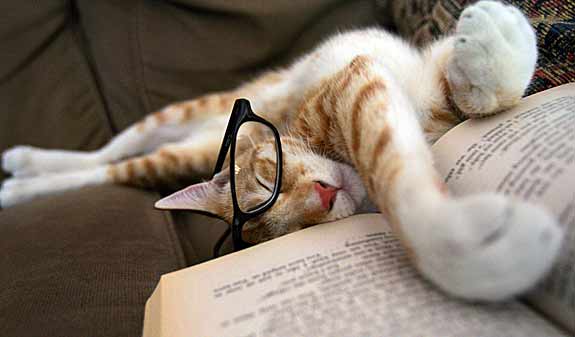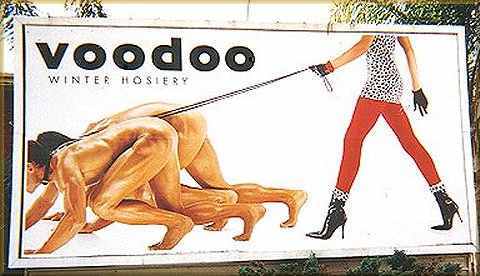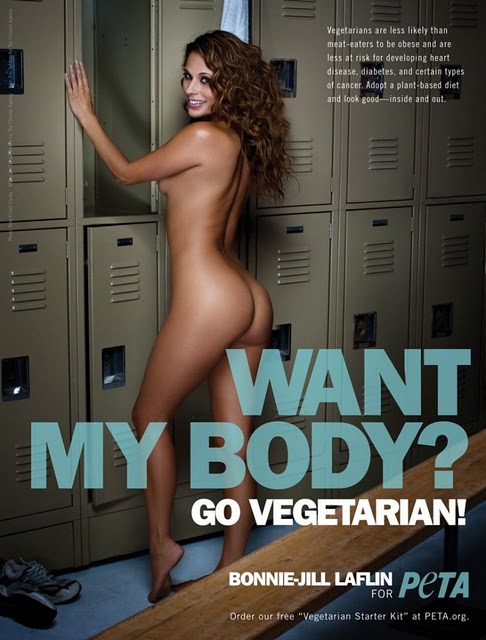After handing in my dissertation recently I am now going to catch up on some of the issues that have interested and bemused me. The main subject that has caught my attention is the media reports on modesty bags over lads mags, and the more recent news stating that campaigners and lawyers are calling for Tesco to stop selling so called ‘lads mags’ in their stores. The argument seems to be that these magazines are sexist and degrading and portray women as dehumanised sexual objects. A further argument seems to be that these magazines fuel attitudes underpinning violence towards women. This story follows reports that some shops have agreed to place ‘modesty bags’ over lads mags to prevent young people viewing them. However, with the demands being taken up a notch, with campaigners and lawyers threatening legal action if it ‘continues to expose customers and staff to the titles’, people are now beginning to question whether attempting to censor the magazine industry is the way to go (an accusation that the campaigners have denied doing). While I agree that the campaign is not at the point of censorship as is occurring with Cameron’s policy of censoring internet pornography, with the threats of taking Tesco to court, how long will it be before a blanket removal of lads mags in shops occurs, thus essentially censoring the magazine sales industry.
My thoughts on the matter is that censoring is damaging for men and for women, but not in the way that campaigners are claiming.
The first issue that comes to my mind in relation to this campaign against lads mags, is the message that it send out. To me, the message suggests that the viewing of women in lads mags is wrong. An interesting comment that I came across in some of the campaigns is one by End Violence Against Women (EVAW). The director of EVAW, Holly Dustin, stated that ‘We live in a world where lads mags and other media relentlessly portray women in a sexualised and sexist way’.
While this is arguably true, it is a bit naive to suggest that it is only women who suffer this. At the end of the day both women and men ‘suffer’ from being portrayed in a sexualised manner in the media and magazines. If you walk into the supermarket today and pick up any of the weekly women’s magazines, such as heat or closer, you will find a picture of a half naked man, whether that is in the form of a poster, a photoshoot for an interview or just a photo from the paparazzi of a male celebrity on the beach. It is not just women’s magazines, if you look at health magazines or body building magazines most front covers have a toned and tanned guy on the front. If you look in advertising too, the objectification and sexualisation of men can arguably be worse as it does not seem to be as cautious as it is with sexualising women, take Barry M’s 2013 nail advert, Dolce and Gabbana’s Light Blue advertisement or the adverts that David Beckham did for Giorgio Armarni. All of these adverts and magazines depict toned men, some of whom bow down to and are dominated by women. How is it that this constant bombardment is not harmful for men? I’m sure there are some who would argue that young women are affected more by portrayals of women in the media. This is a) not true b) misleading and c) dangerous for young men, who may feel abnormal if they then feel inadequate in comparison to the ‘god like’ toned men depicted in the media. In fact academic research even tells us that the portrayal of men in the media and advertising has a negative effect on self esteem and on self image just as much as the effect on women (Elliott and Elliott, 2005).
In the case of women in advertising, which I think is interesting is that when it is media advertising or entertainment, it is wrong for women to be sexualised. Yet it seems strange to me that there have been many charity campaigns where women are posed in sexualised manners to raise awareness for these causes. Unusually this seems to be acceptable to campaigners and the wider public. Maybe I am being naive here, but surely campaigns by PETA using well known slim and well sculpted women in the media to pose seductively while naked with tag lines such as ‘want my body, go vegetarian’ or ‘ “I always fake it” I’d never wear fur’ are just as ‘bad’ as campaigners claim lads mags are on women’s self-esteem and self image? It is not just PETA that use this method to gain awareness for their campaigns. Victoria Beckham, Kate Upton and Miley Cyrus have all posed nude in arguably sexualised ways for t-shirt prints to raise awareness for skin cancer. There are many many more examples of this occurring, yet we rarely, if ever, hear the outcry and disbelief aimed in that direction.
Another issue that I think arises out of this campaign is the claim that the availability and viewing of lads mags contribute to rape culture and sexual violence. This is an extremely strange claim to make considering that no research study so far has demonstrated reliable evidence, that has not later been disproved, that non-violent pornography or lads mags contribute to sexual violence or rape, instead a tenable link has been shown between watching violent pornography and an increased chance of sexual violence (Sumner, 2011). In my view I think lads mags are very much ‘non-violent’, something which I think many others would agree, and thus this claim that lads mags increase sexual violence is unfounded.
It is further interesting that women who view pornography are not included in this theory. It has been suggested that more and more women are looking at pornography. Therefore, if we are being equal about things, if looking at lads mags and other pornography makes men more likely to rape and be sexually violent then it must be the same effect for women. If commentators then turn around and suggest that women would not behave in such a way then this is merely creating what campaigners are fighting against: gender stereotypes.
But the inequalities are not just relating to men in this campaign. What of the women? The campaign is telling us that it is wrong for women to be objectified and sexualised. What if that is what some women want? When it comes to sex, part of sex is the objectification of the other partner. You view then as an attractive being that you want to gain pleasure from. In my experience, and my reading of academic literature, it is a very very small proportion of the male population who cannot differentiate between sex and real life. To me, it seems that suggesting that men either objectify or do not objectify is extremely reductionist and creates an unnecessary stereotype that men are one dimensional and unable to recognise the context of a situation. Furthermore if, as the campaigners suggest, we are striving for equality then we must understand that if men can objectify women, then women can objectify men. But by telling men that women cannot be objectified, but men can be, then an inequality has been created by pushing the men down a level so that the women can rise up, as opposed to the women rising up to meet the level of men. As I said at the beginning of the paragraph, an inequality is being made for women just as much as men. For those women who wish to be objectified by others, then this campaign is creating a problem for those women. It is encouraging the population to look down on the content of magazines, some of which is women choosing to pose in the magazine. This to me is a very subtle form of slut shaming, suggesting that it is wrong for women to be posing or looked at in that manner. Not only that, but it is undoing much of the work of the early feminists who worked hard to give women the choice to be who or what they wanted.
All in all I feel that this campaign is damaging. It is reducing the freedoms of men and women and thus creating more inequality than equality. However, with my points and opinions I feel that I am part of a small voice swimming against a sea of the many.
N.B. – If you are interested in the argument that I have made against the campaign to remove lads mags there are several other written pieces that may be of interest. In particular a forum post on The Escapist I found particularly interesting as well as an article on The Guardian by Julie Bindel.


